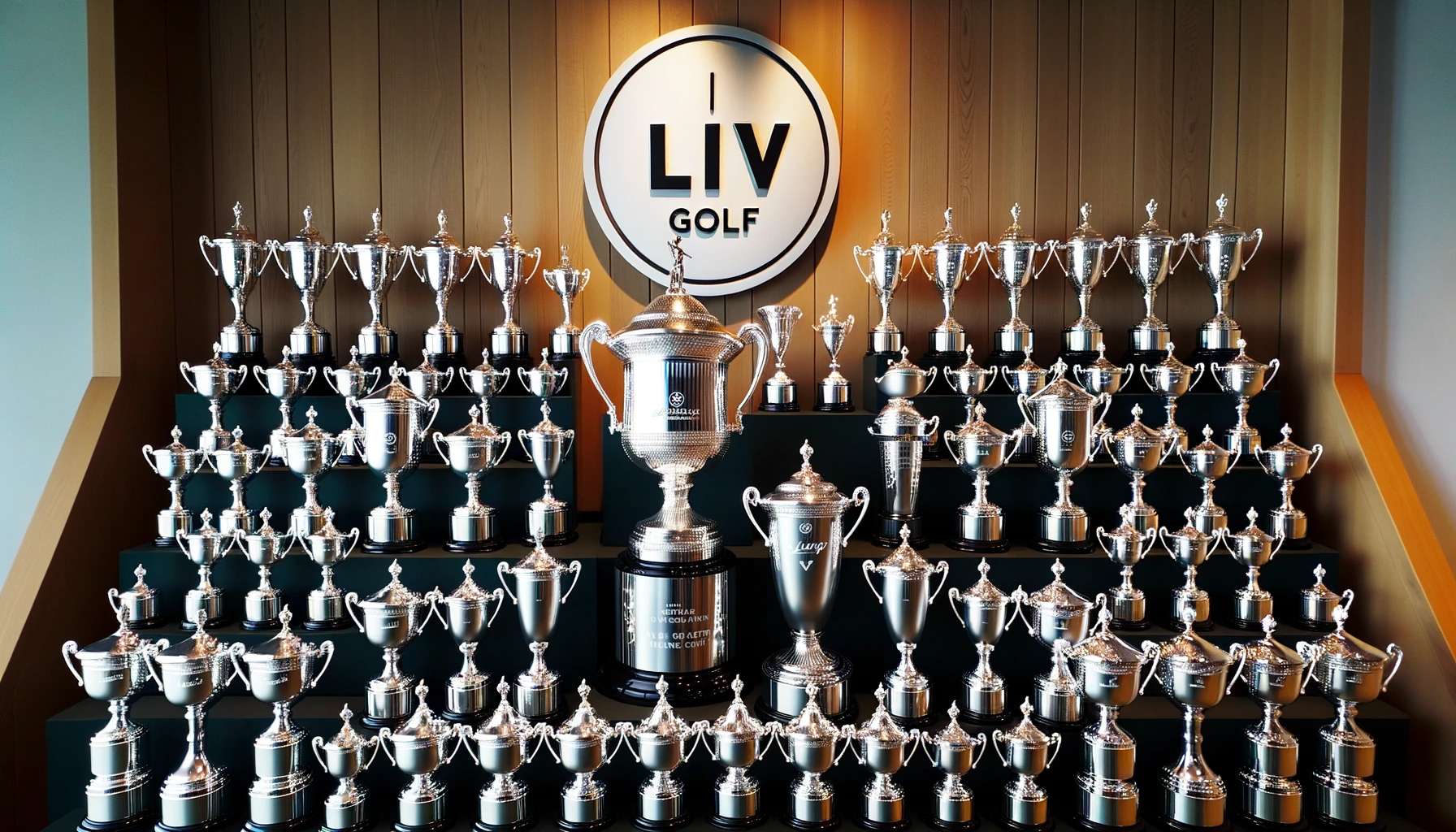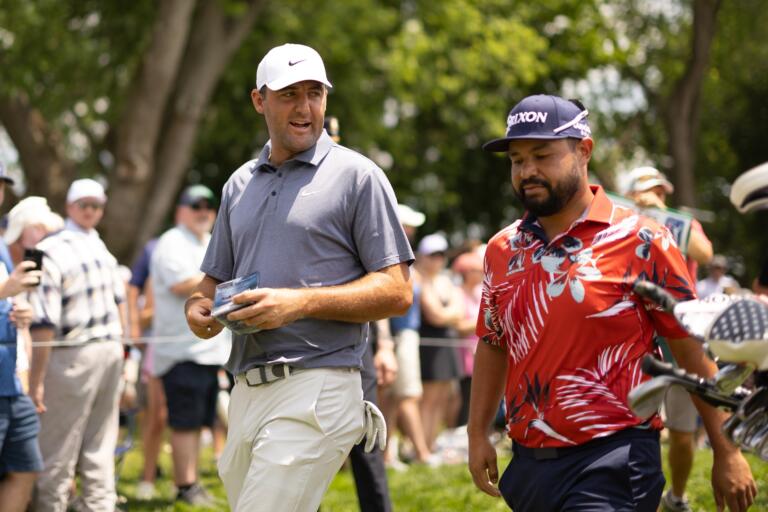Unpacking Bryson DeChambeau’s audacious proposal in the wake of modern golf’s newest competitive arena.
In the genteel world of golf, a tempest has been stirred by the enigmatic Bryson DeChambeau. The fulcrum of this tempest is the newly minted LIV Golf League. Following the announcement that participants in LIV Golf League events will be ineligible for Official World Golf Ranking (OWGR) points this season, DeChambeau has lobbed a proposal that could potentially rejig the traditional pathways to golf’s most venerated tournaments: the Masters, PGA Championship, U.S. Open, and Open Championship.
According to DeChambeau, the olive branch of invitation to these prestigious greens should be extended to the top 12 finishers in the LIV Golf’s points race. A proposition that not only challenges the bastions of golf’s established elite but also beckons a broader discourse on the evolving dynamics of competitive golf.
The LIV Golf League, with its promise of hefty purses and a fresh competitive landscape, has already begun altering the gravity in the golfing cosmos. The exclusion of OWGR points for its participants, as per the recent announcement, has added fuel to the fire of debate on how modern golf should interlace with traditional frameworks.
DeChambeau’s Disruptive Stance
Bryson DeChambeau, known for his unorthodox approach both on and off the greens, posits that a modernized qualification system could serve as a crucible for golfing meritocracy. His perspective hinges on the belief that excellence in golf’s new competitive arenas should be rewarded with entry into the hallowed halls of its oldest and most prestigious tournaments.
The Ripple Effect
The ripple effect of DeChambeau’s proposition could be far-reaching. By aligning the LIV Golf League’s points race with qualifications for major tournaments, a new echelon of competitive zeal and a broader pool of elite golfing talent could be ushered into the traditional golfing fold. This could potentially revitalize the sport, attracting a new demographic of followers and participants, and perhaps, rewriting the narrative of what it takes to compete at the highest echelons of golf.
The Counterpoint
However, not all are in concord with DeChambeau’s vision. Purists argue that the established pathways to golf’s major tournaments have stood the test of time, nurturing a rich heritage and a high competitive standard. They caution against the dilution of tradition and the potential for an influx of players from a yet unproven competitive league into the sanctified greens of golf’s most prestigious events.
Balancing Act
The discourse boils down to a balancing act between tradition and modernization. While the allure of innovation and fresh competitive dynamics is enticing, the sanctity of golf’s traditional competitive pathways has been the bedrock of the sport.
Future Foreseen
The debate spurred by DeChambeau’s audacious proposal illuminates the broader dialogue of golf’s evolution in the modern era. As the LIV Golf League carves its niche, the interaction between new competitive forums and established tournaments will be a continuing narrative.
In the final analysis, whether DeChambeau’s proposal finds traction or fades away in the annals of golf’s ongoing narrative, the spotlight now shines brightly on the evolving dynamics of competitive golf. The discourse between the old guard and the new wave is now in full swing, heralding intriguing times ahead for the golfing community.






